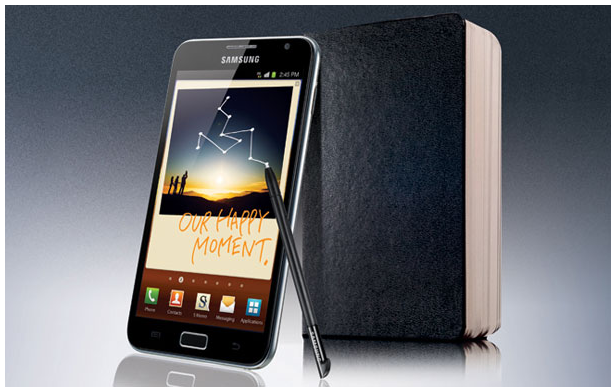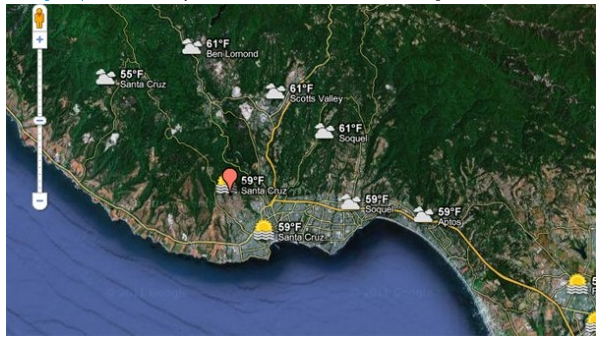All PC users are waiting for Windows 8 with anticipation because it will feature all sorts of improvements, and if you’re waiting for Windows 8 as well, then we’re happy to inform you that Microsoft has just confirmed USB 3.0 support in Windows 8.
Today, most devices are using USB 2.0 connectivity, but as you know, that technology will surely be replaced with USB 3.0 in the near future, so it’s really no surprise to see that Windows 8 will have USB 3.0 support. We also have to mention that Microsoft won’t add USB 3.0 support on top of the USB 1.1 and USB 2.0 software stack, and it will write entirely new software stack for USB 3.0 instead, while keeping the USB 1.1 and USB 2.0 stacks separated.
Support for USB 3.0 in Windows 8 isn’t anything unexpected since we’re seeing more USB 3.0 devices with each passing day, but if you don’t own any USB 3.0 devices, don’t worry, Windows 8 will still have support for USB 1.1 and USB 2.0 devices.
Why did the beautiful CIA operative seduce the handsome yet ruthless former KGB agent in Chapter Four? And why didn't the mysterious clairvoyant use her psychic powers to pinpoint the serial killer's location?Questions arise when you're reading a book. Many readers--if the author were near--would likely seek additional clarification on key plot points or characters. And non-fiction readers might pepper the writer with questions pertaining to the book's thesis, or to correct a factual error. A new Kindle feature makes this reader-author interaction a lot easier. Called @author, it allows readers to ask questions while reading a Kindle book, or from an Amazon Author Page.

Amazon will tweet your question to the author, and post it on his or her Amazon Author Page. Brevity is essential, however, as questions from the Kindle are limited to just 100 characters. For longer inquiries, go to the writer's Author Page.
The @author program is in beta release, and a few well-known writers are participating, including Susan Orlean (The Orchid Thief) and Robert Kiyosaki (Rich Dad, Poor Dad). Amazon has a list of participating authors here. Sorry, you can't query dead authors--not yet, anyway.
Samsung didn't get the memo when Dell axed its 5-inch phone, because it has introduced its own 5.3-inch smartphone-tablet crossover called the Galaxy Note. The slender Android 2.3 device blurs the line between phones and tablets and comes with a bundled stylus for those who don't want to use their fingers.The Samsung Galaxy Note (whatever happened to the new naming convention?) sports some impressive features: It runs on an unspecified dual-core 1.4GHz processor; has 1GB of RAM; carries an 8-megapixel HD camera on the back and a 2-megapixel front-facing camera; and comes with either 16GB or 32GB of storage.The most astounding aspect of the Note is its screen. It's a 5.3-inch Super Amoled display with a resolution of 1280 by 800 pixels (that's 285 dots per inch--the iPhone 4 has 326 dpi). Despite the size of the display, Samsung managed to keep the Galaxy Note very svelte, stuffing all of the components into a 9.65mm-thin, 0.39-pound-heavy case.

Pricing will be an important factor in the Note's success. Will it be priced as a smartphone, or as a tablet? The Streak 5 was handicapped by its price, which was $100 more (with a two-year contract) than most smartphones ($199), and some $50 more (unlocked) than the cheapest iPad. Samsung hasn't said when or for how much the Galaxy Note will retail, but it has announced that it's working on two versions of the phone--one with HSPA+ and one with 4G LTE.
Checking out weather in your local area is always useful especially if you’re planning to go on a road trip, and now Google has added a new addition to its Google Maps service that lets you check weather around the world with a single click.
Now with Google Maps, you can see weather information in your local area, in your state, or anywhere in the world. This is extremely useful if you’re planning to go on a vacation, and all that you need to do in order to find weather info is to go to the Google Maps, select new weather layer from the top right corner and type in the name of the city and get that city’s current weather. Of course, by clicking the weather icon next to the city and you’ll get additional info such as humidity, wind speed and forecast for next four days all in one place.
Weather reports in Google Maps is a welcome addition, and if you’re planning to go on a vacation, make sure that you check this new feature out.

The offline capabilities will become available both for individuals who use Gmail, Docs and Calendar, as well as for organizations who use them as part of the Google Apps collaboration and communication suite in workplaces and educational institutions. Once installed, these offline applications will create an icon in the Chrome browser interface for launching them when users aren't online. The Gmail application will have its own user interface separate from the Gmail web interface, while the Docs and Calendar applications will trigger their web application's interface and work in the background.
In all three cases, users will get access to a subset of the web applications' features. For example, in Docs it will be possible to view documents and spreadsheets, but not yet edit those documents. In Calendar, users will be able to view events and RSVP to appointments. Previously, Google provided offline access to these applications via its Gears browser plug-in, but the company stopped developing it last year. It has been possible to use Gmail and Calendar offline through Gears in Internet Explorer 8 and Firefox 3.6, but not Docs.





